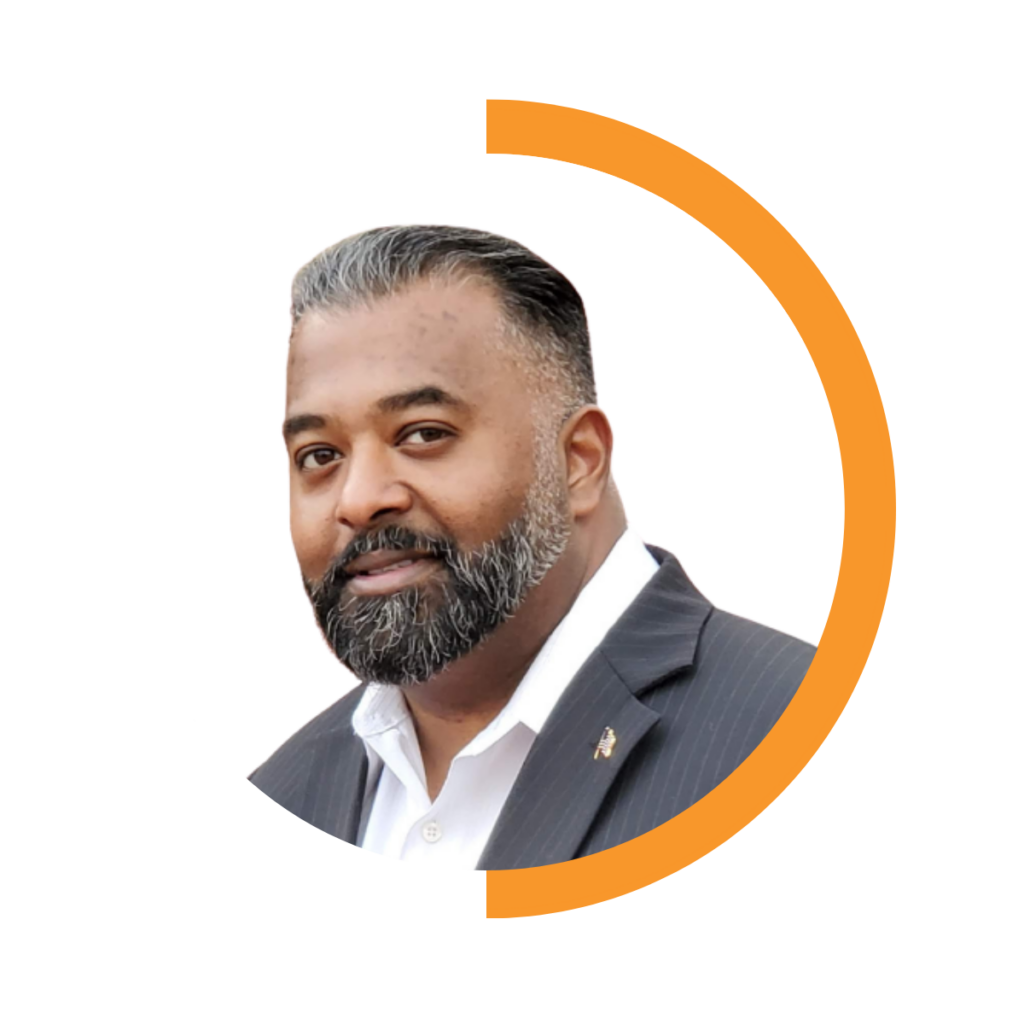One of the most common (and costly) mistakes startups make is waiting too long to begin discovery.
“Ideally, this happens before you’ve built a prototype,” Ryan notes. “You want to be exploring: What’s the clinical context? What are the current pain points? Who are the stakeholders?”
Teams often fall in love with an idea or early prototype before they’ve confirmed whether anyone truly needs (or would pay for) it. By that point, it’s harder to pivot.
Starting early also creates space to inform your regulatory strategy. The insights gathered during discovery, especially around intended use, clinical claims, and real-world risks, can shape how you define your indications for use, align with FDA expectations, and plan for payment / reimbursement.
“If you don’t do this early,” Ryan says, “you might design a device that solves the wrong problem and doesn’t support the claims you’ll need to make later.”
It also gives you a clearer sense of when to initiate your QMS implementation, allowing you to embed traceability and compliance into your product development process from the very beginning.
This can prevent costly rework down the line and ensures that your design inputs, user needs, and risk controls are all connected in a way that satisfies both engineering and regulatory expectations.
QuickVault helps early-stage MedTech teams connect discovery insights directly to regulatory and quality documentation, from intended use definitions to early risk logs, within a unified platform.
Co-Founder and Managing Partner, Innovation Exchange Coalition

Ryan Ramkhelawan is a seasoned entrepreneur and venture development professional with a proven track record in the medical device industry. He has successfully guided two startups through FDA clearance, market launch, and growth, with one leading to acquisition. In 2018, he joined Start Co. as Director of Acceleration and was later promoted to Vice President of Venture Development in 2020. In this role, he specialized in identifying investment opportunities for accelerators, building innovation ecosystems for universities, city governments, and associations.
During the Biden-Harris administration, Ryan was appointed by the U.S. Secretary of Commerce to serve a 2.5-year term on the National Advisory Council on Innovation and Entrepreneurship (NACIE). In this capacity, he played a key role in advising on the strategic framework of the EDA Tech Hubs program, which successfully secured over $700 million in federal funding for 18 regional innovation hubs across the U.S. His contributions also helped shape national innovation strategy through policy recommendations, including input into the Competitiveness Through Entrepreneurship: A Strategy for U.S. Innovation.
Beyond his policy advisory work, Ryan co-founded Lasting Machine Ventures, a venture firm focused on medical innovation, and the Innovation Exchange Coalition (IEC), a federally funded cross-border innovation exchange initiative that serves as an innovation diplomacy strategy between the U.S. and allied nations.
His contributions to the business and clinical sectors have earned him widespread recognition. He is a founding member of the Forbes Technology Council, a member of the Young Entrepreneur Council, and a graduate of the world’s top VC emerging manager program. Additionally, he was selected by Harvard Business School for the 2022 Young American Leaders Program, honored in the Memphis Business Journal’s Top 40 Under 40, and received the National Vascular Recognition Award for exceptional surgical dissection technique. He has also represented the U.S. as a Delegate to Ecuador, Panama, and Armenia through the Americas Competitiveness Exchange (ACE).